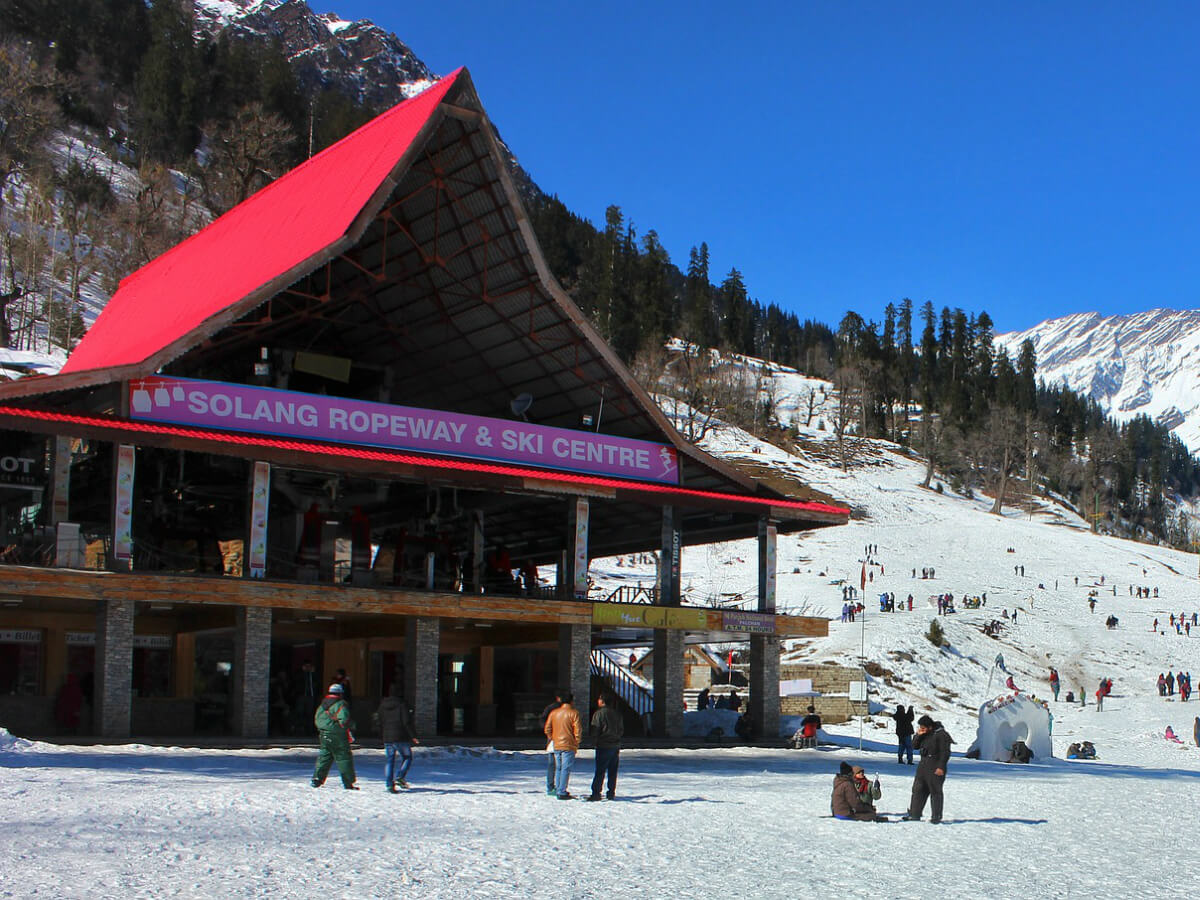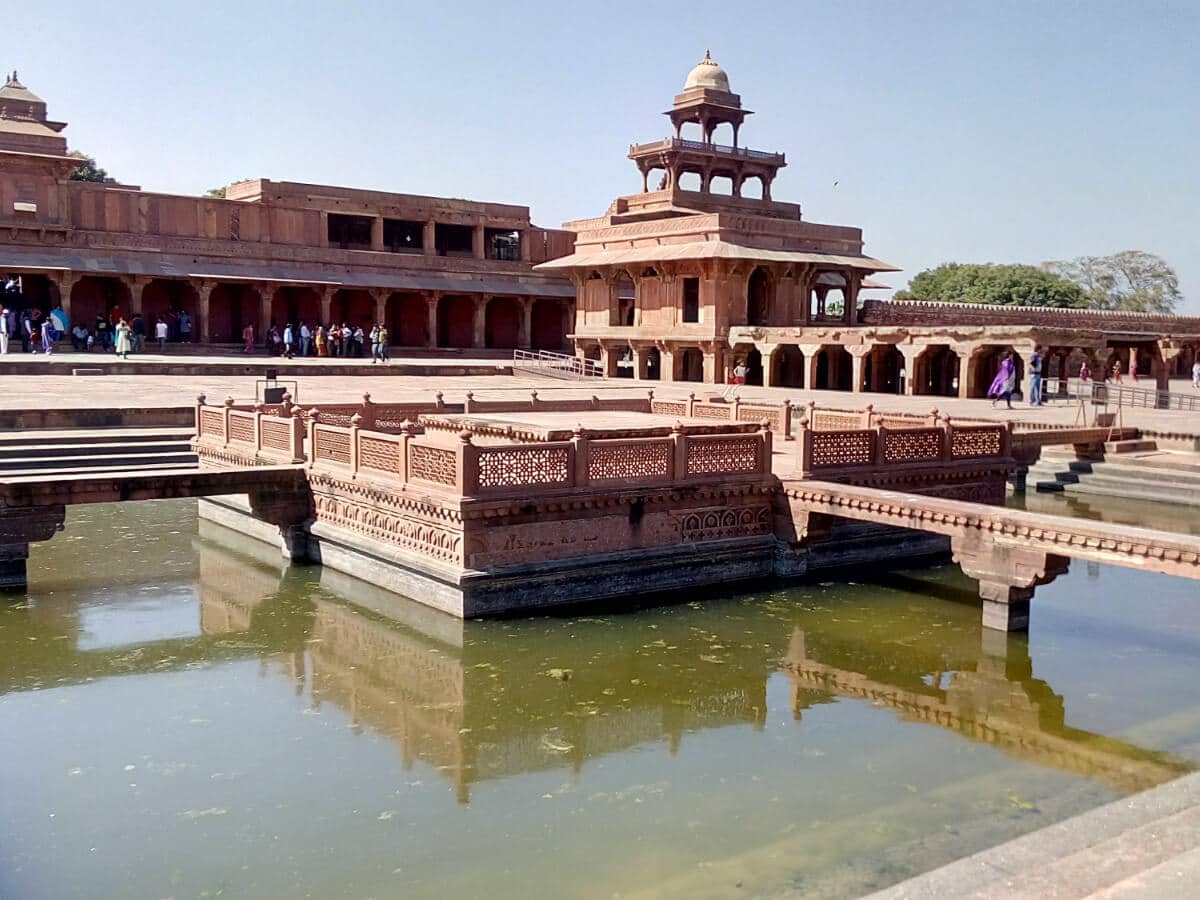Tour Package
Agra Tour Packages
SUPER DEAL PRICE
STARTS FROM
per person on twin sharing
ATMs common in Agra, scarce in villages.
Credit cards accepted widely in Agra's city.
Banks available in Agra, limited in villages.
The legal drinking age in Agra is 21.
Agra residents are known for warm hospitality.
Agra - Visitors Statistics

Annually
12,51,00,000
Male51%
Female49%
By Purpose
Couples
For Newlywed Vacations
Family
For Family Vacations
Top Tourist Attractions
Taj Mahal
Agra Fort
Mehtab Bagh
Anguri Bagh
Fatehpur Sikri
Akbar’s Tomb
Itmad-ud-Daulah’s Tomb
Everything You Need to Know About Agra
When you think of Agra, what’s the first thought that comes to your mind? The picture of the Taj Mahal, perhaps? The monument that’s popular worldwide as one of the new Seven Wonders of the World? Well, what if we told you that the beauty of Agra extends much beyond this monument of love? It’s true. Situated in Uttar Pradesh on the banks of the Yamuna River is the city of Agra, which is brimming with historical monuments and architectural marvels. With GT Holidays’ Agra tour packages, you can witness it all and so much more. Let’s do a deep dive into the history, culture, food, tourist attractions, and alluring shopping scenes of Agra so you can find out why this city is a must visit for everyone.
View All Agra Tour Packages
Travel Tips

Visa Information
Check visa requirements before traveling, ensuring a smooth entry and compliance with destination regulations.

Health and Safety Tips
Prioritize health, stay hydrated, follow safety guidelines, and maintain personal hygiene for a secure journey.

Currency and Tipping
Familiarize with local currency, consider customary tipping practices for respectful and seamless travel experiences.
FAQs:
Book Your Dream Vacay Today!















